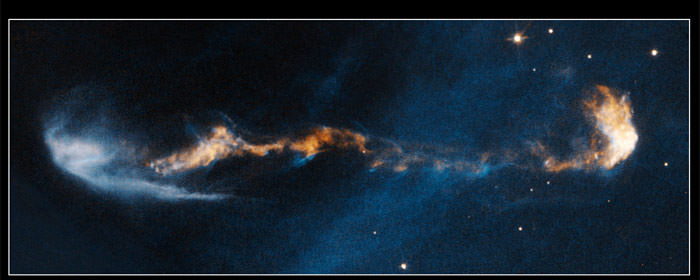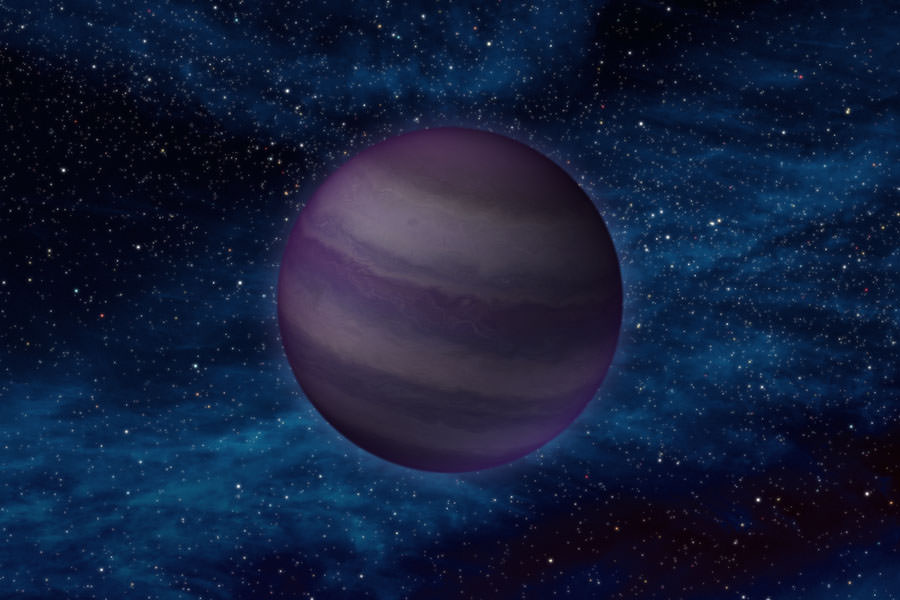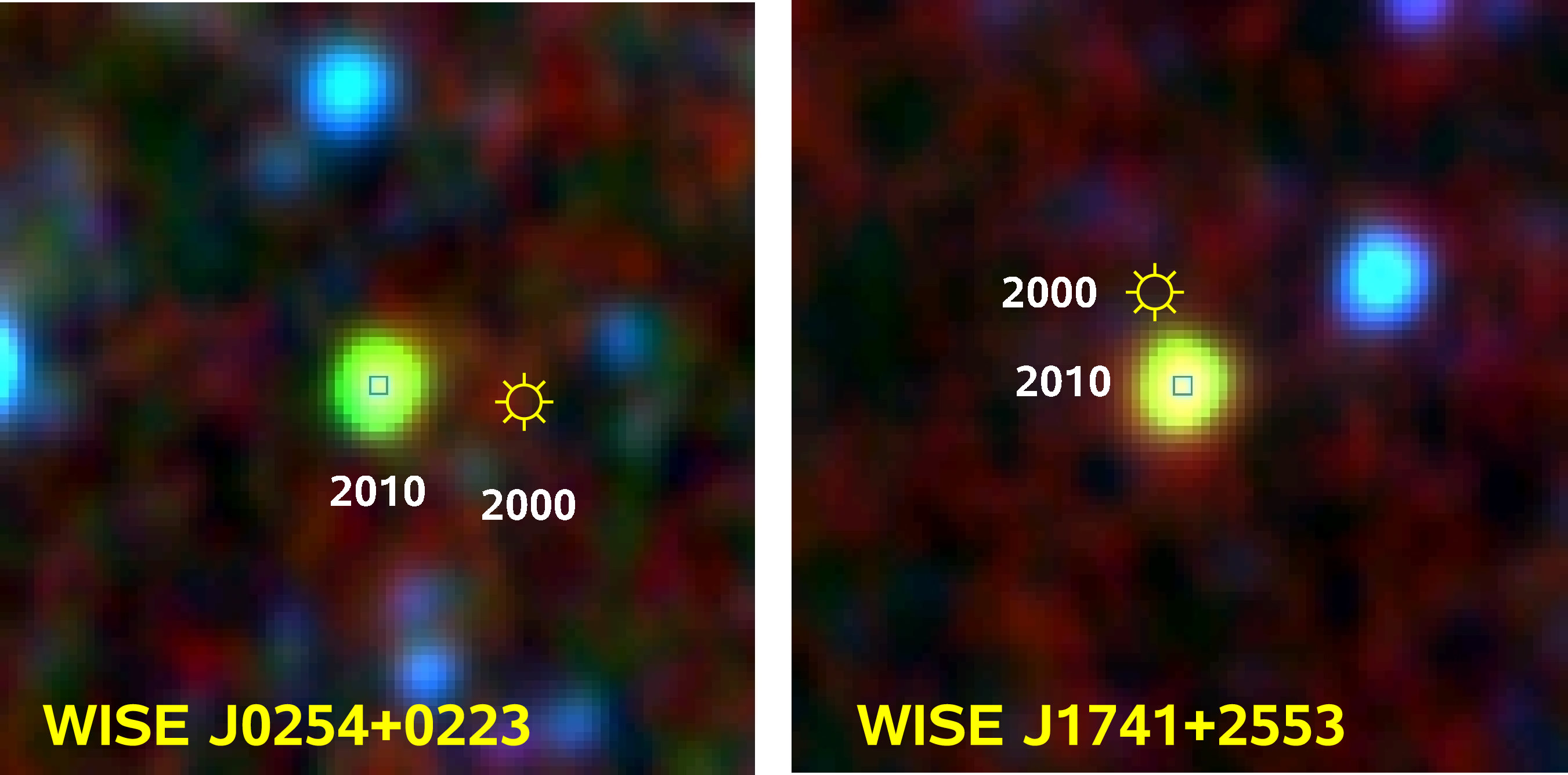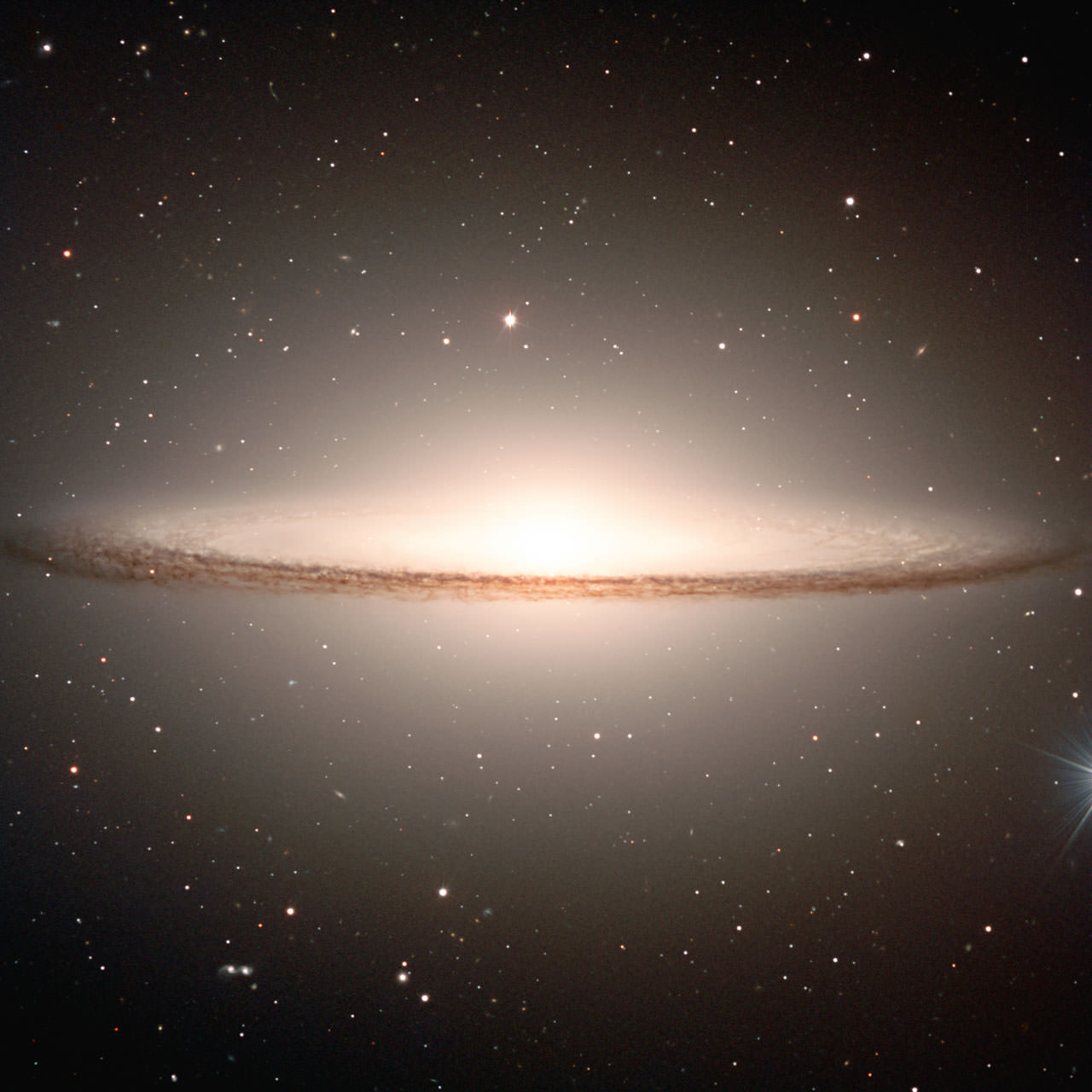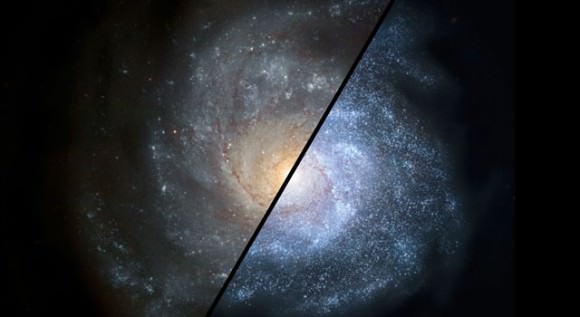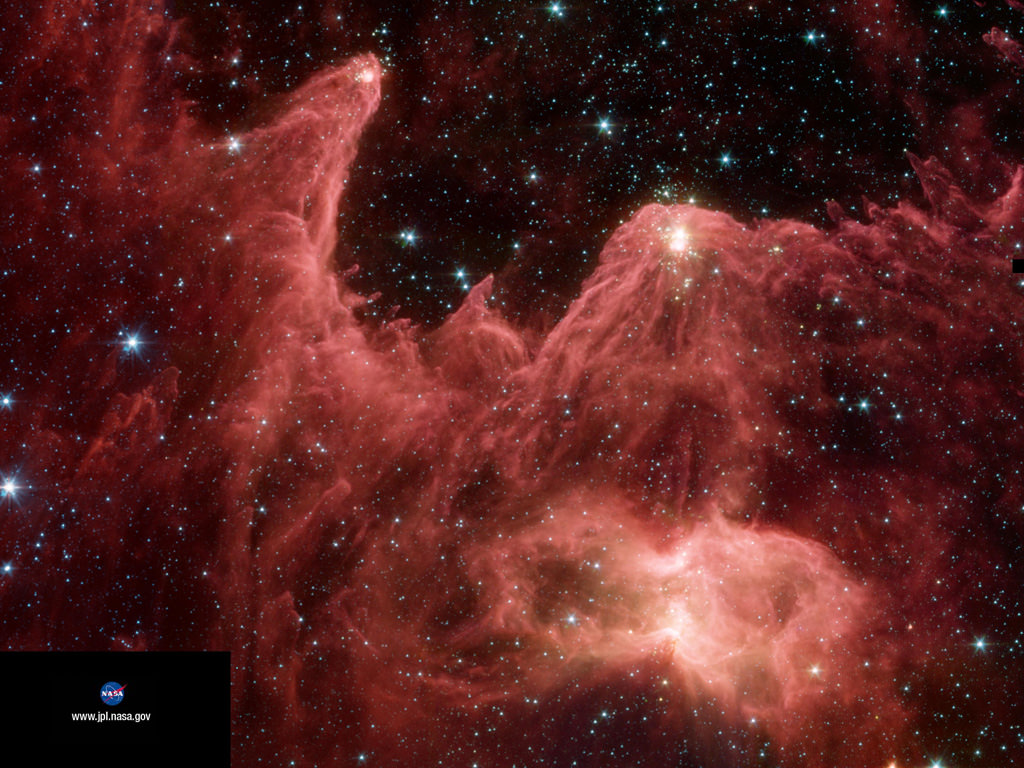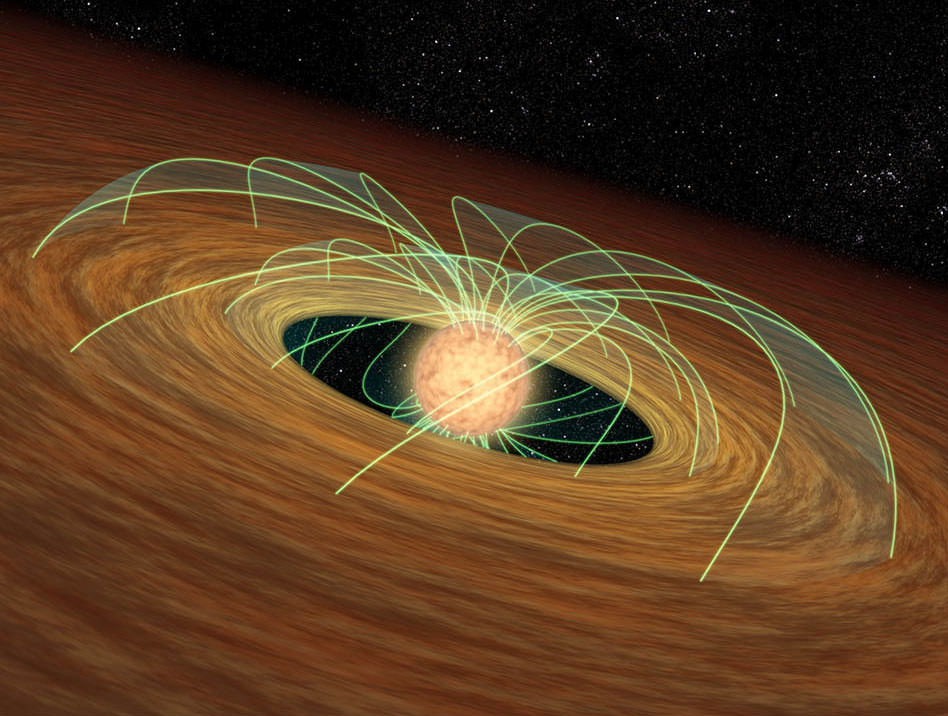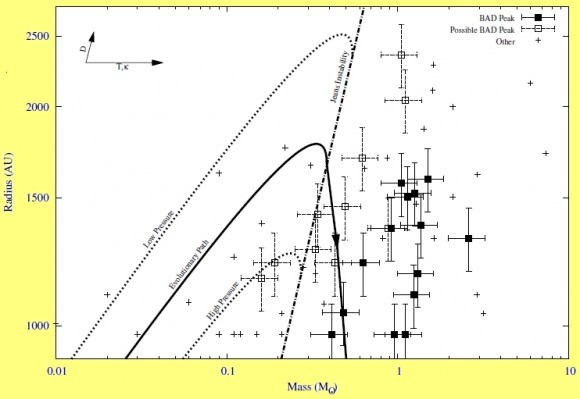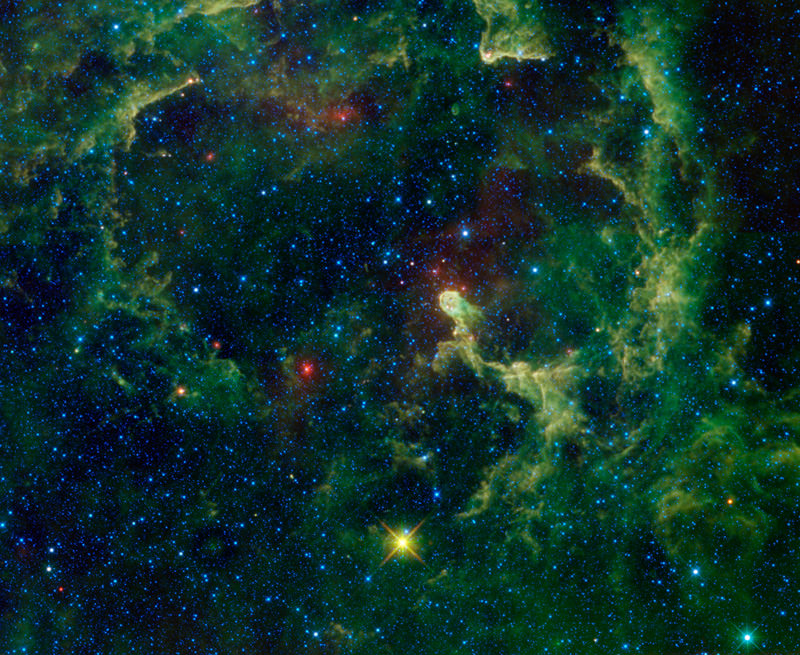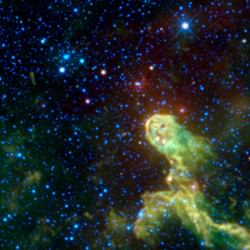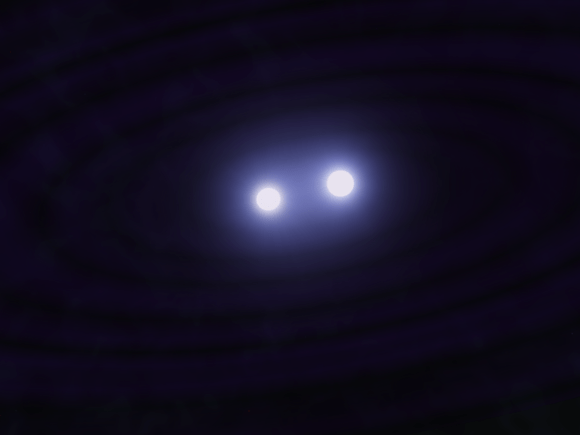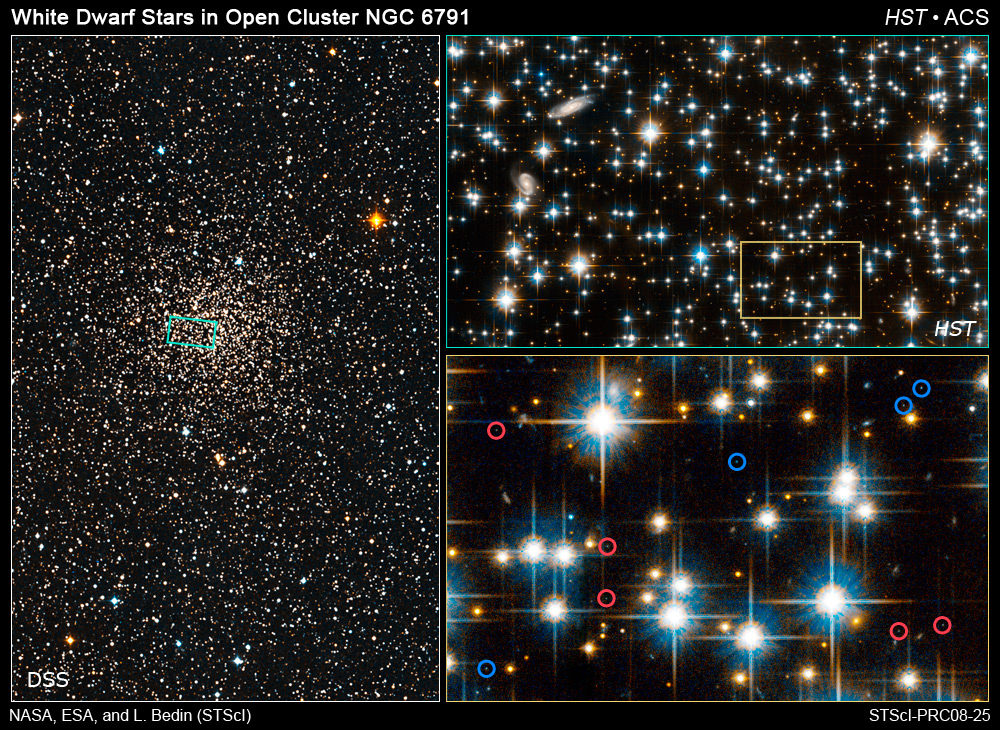[/caption]Don’t you know that you are a shooting star… Thanks to the NASA/ESA Hubble Space Telescope, an international team of scientists led by astronomer Patrick Hartigan of Rice University in Houston, USA, has done something pretty incredible. Using photos and information gathered from the last 14 years of observations, they’ve sewn together an unprecedented look at young jets ejected from three stars. Be prepared to be “blown” away…
The time-lapse sequence of “moving pictures” offers us an opportunity to witness activity that takes place over several years in just a few seconds. Active jets can remain volatile for periods of up to 100,000 years and these movies reveal details never seen – like knots of gas brightening and dimming – and collisions between fast-moving and slow-moving material. These insights allow scientists to form a clearer picture of stellar birth.
“For the first time we can actually observe how these jets interact with their surroundings by watching these time-lapse movies,” said Hartigan. “Those interactions tell us how young stars influence the environments out of which they form. With movies like these, we can now compare observations of jets with those produced by computer simulations and laboratory experiments to see which aspects of the interactions we understand and which we don’t understand.”
As a star forms in its collapsing cloud of cold gas, it gushes out streams of material in short bursts, pushing out from its poles at speeds of up to about 600,000 miles an hour. As the star ages, it spins material and its gravity attracts even more, creating a disc which may eventually become protoplanetary. The fast moving jets may be restricted by the neophyte star’s magnetic fields and could cease when the material runs out. However, by looking at this supposition in action, new questions arise. It would appear that the dust and gas move at different speeds.
“The bulk motion of the jet is about 300 kilometers per second,” Hartigan said. “That’s really fast, but it’s kind of like watching a stock car race; if all the cars are going the same speed, it’s fairly boring. The interesting stuff happens when things are jumbling around, blowing past one another or slamming into slower moving parts and causing shockwaves.”
But the “action” doesn’t stop there. In viewing these sequential shockwaves, the team was at a loss to understand the dynamics behind the collisions. By enlisting the aid of colleagues familiar with the physics of nuclear explosions, they quickly discovered a recognizable pattern.
“The fluid dynamicists immediately picked up on an aspect of the physics that astronomers typically overlook, and that led to a different interpretation for some of the features we were seeing,” Hartigan explained. “The scientists from each discipline bring their own unique perspectives to the project, and having that range of expertise has proved invaluable for learning about this critical phase of stellar evolution.”
Hartigan began using Hubble to collect still frames of stellar jets in 1994 and his findings are so complex he has employed the aid of experts in fluid dynamics from Los Alamos National Laboratory in New Mexico, the UK Atomic Weapons Establishment, and General Atomics in San Diego, California, as well as computer specialists from the University of Rochester in New York. The Hubble sequence movies have been such a scientific success that Hartigan’s team is now conducting laboratory experiments at the Omega Laser facility in New York to understand how supersonic jets interact with their environment.
“Our collaboration has exploited not just large laser facilities such as Omega, but also computer simulations that were developed for research into nuclear fusion,” explains Paula Rosen of the UK Atomic Weapons Establishment, a co-author of the research. “Using these experimental methods has enabled us to identify aspects of the physics that the astronomers overlooked — it is exciting to know that what we do in the laboratory here on Earth can shed light on complex phenomena in stellar jets over a thousand light-years away. In future, even larger lasers, like the National Ignition Facility at the Lawrence Livermore National Laboratory in California, will be able explore the nuclear processes that take place within stars.”
And all the world will love you just as long… as long as you are… a shooting star!
Original Story Source and Video Presentation: Hubble News. For further reading, Rice University News.

